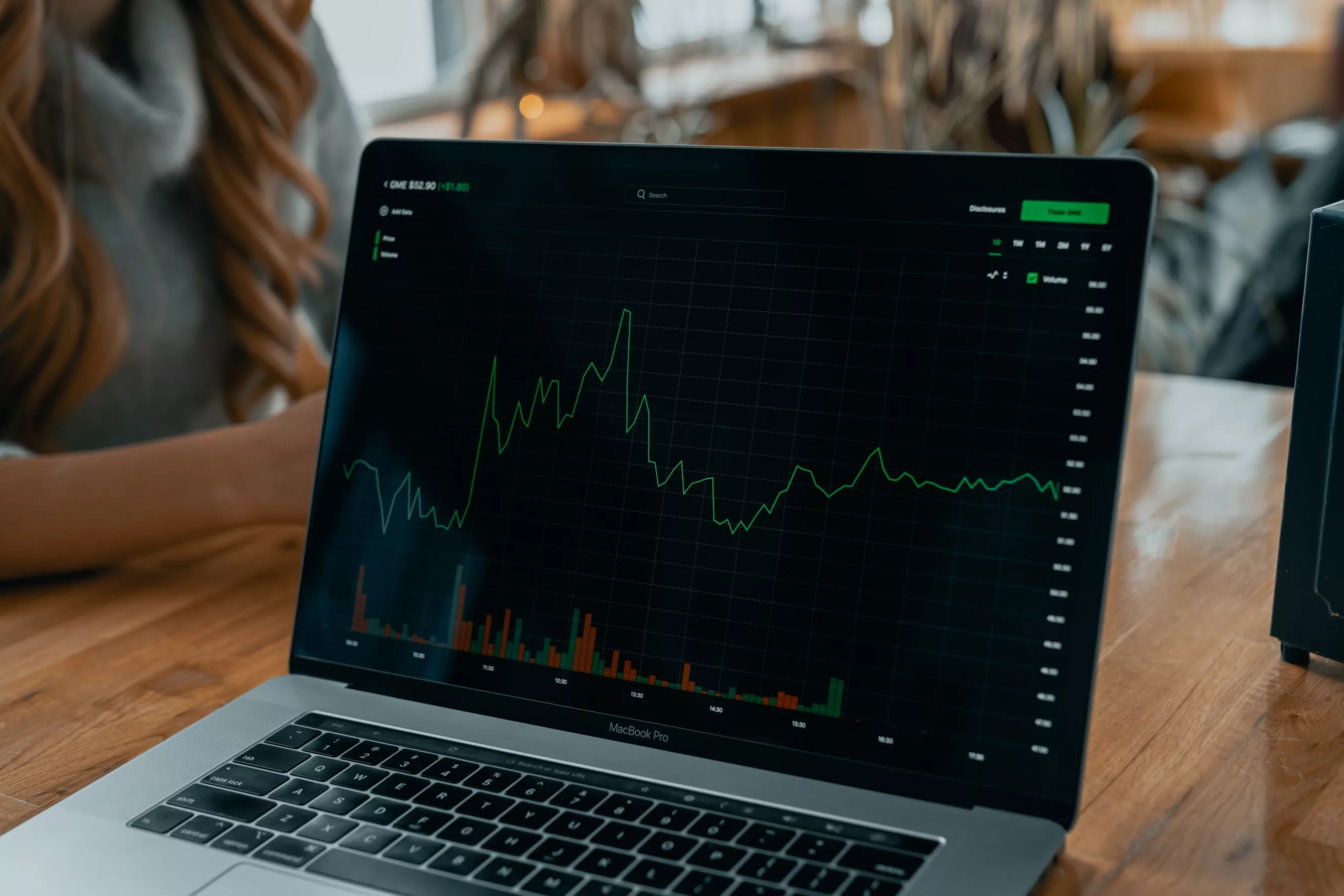If you’re running ads on Google Ads, you need to know whether they’re actually driving valuable actions on your website, such as form submissions, online purchases, or phone calls. That’s where conversion tracking comes in. Google Ads conversion tracking is a powerful tool that allows you to track and measure the success of your ad campaigns, giving you valuable insights into how your ads are performing and where you can make improvements.In this comprehensive guide, we’ll cover everything you need to know about Google Ads conversion tracking, from setting up conversion tracking to optimizing your campaigns for better results.
What is Conversion Tracking?
Conversion tracking is the process of tracking and measuring the actions users take on your website after clicking on one of your ads. By tracking these actions, or conversions, you can measure the effectiveness of your ads and identify areas for improvement.
Google Ads provides a variety of conversion tracking options, including website conversions, phone call conversions, and even in-store visits. By choosing the right conversion actions to track, you can better understand how your ads are contributing to your business goals and make data-driven decisions about how to optimize your campaigns.
Setting up Conversion Tracking
To set up conversion tracking in Google Ads, you’ll need to create a conversion action, which is simply the action you want to track, such as a website purchase or form submission. You’ll then need to add a conversion tracking tag or code snippet to your website to track when that action occurs.
When setting up conversion tracking, it’s important to choose the right conversion actions to track. Start by identifying the most valuable actions on your website, such as online sales or lead submissions, and focus on tracking those actions first. You can always add additional conversion actions later if needed.
Optimizing your Campaigns with Conversion Tracking
Once you have conversion tracking set up, you can use the data to optimize your ad campaigns for better results. Here are a few tips for optimizing your campaigns with conversion tracking:

Our tailored customer-centric approach in marketing maximizes sales.
Search Engine Marketing:Drive traffic, boost conversions & grow your business
Social Media Marketing:Maximize your social media potential & engage with your audience
LinkedIn Marketing:Unlock the power of LinkedIn!
Video Production & Photography:Elevate your business with captivating visuals
Use conversion data to inform bidding strategies: By analyzing your conversion data, you can adjust your bidding strategies to focus on the keywords and ad placements that are driving the most conversions.Analyzing conversion data can help you identify the top-performing keywords, ad groups, and campaigns. This information can be used to optimize your bidding strategies and allocate more budget towards the campaigns that are driving the most conversions. For example, if you notice that a particular ad group is consistently generating high conversion rates, you may want to increase your bids for those keywords or allocate more budget towards that ad group to generate even more conversions.
On the other hand, if you notice that a certain campaign is not performing well in terms of conversions, you can adjust your bidding strategies to reduce the bids for those keywords or exclude them altogether. This will help you save money on ad spend and focus your resources on the campaigns that are more likely to drive conversions.
Test different ad copy and landing pages: Using conversion data to test different ad copy and landing pages is an effective way to improve your ad performance and drive more conversions. By comparing the performance of different ad variations and landing pages, you can determine which ones are generating the most conversions and optimize them for even better results.
For example, you can test different headlines, descriptions, and calls-to-action in your ad copy to see which ones are resonating most with your target audience. Similarly, you can test different landing pages to see which ones are providing the most value to your visitors and driving the most conversions.
Use remarketing to reach users who have already shown interest: Targeting users who have already visited your website or taken a specific action is known as remarketing or retargeting. This approach allows you to reach users who have already shown an interest in your business, making them more likely to convert and improving your ROI.
For example, if a user adds a product to their cart but does not complete the purchase, you can target them with ads that feature the product they were interested in or offer them a discount to encourage them to complete the purchase. By reaching out to these users when they are more likely to be ready to convert, you can improve your chances of driving conversions and boosting your ROI.Remarketing can also be used to reach users who have visited your website but did not convert. By showing them relevant ads based on their browsing behavior, you can encourage them to return to your website and complete a conversion.Overall, remarketing is an effective way to improve the ROI of your Google Ads campaigns by targeting users who are more likely to convert based on their previous interactions with your business.
Identify and exclude low-performing placements: By using conversion data, you can identify which ad placements are not driving conversions and exclude them from your campaigns. This allows you to focus your budget on higher-performing placements and improve your ROI.
For example, if you find that your ads are not performing well on a specific website or app, you can exclude that placement from your campaign. This will prevent your ads from showing on that placement, allowing you to allocate your budget to placements that are driving more conversions.
Regularly reviewing your Conversion Tracking Data
Regularly reviewing your conversion tracking data is crucial to the success of your ad campaigns. By reviewing your data at least once a month, you can identify trends and areas for improvement, and make informed decisions about how to optimize your campaigns.
For example, you might notice that certain keywords or ad placements are consistently driving high conversion rates, while others are not performing as well. Armed with this information, you can adjust your bids or exclude underperforming keywords or placements to improve the overall performance of your campaigns.
Additionally, regularly reviewing your conversion tracking data allows you to identify any issues with your website or landing pages that may be hindering conversions. For example, you may notice that a high percentage of users are dropping off at a particular stage of the checkout process. This could indicate a problem with your checkout process that needs to be addressed to improve conversion rates.
When reviewing your conversion tracking data, look for:
Conversion rates: Are your ads driving a high number of conversions, or are they underperforming?
Cost per conversion: How much are you paying per conversion? Is this cost sustainable for your business?
Conversion paths: Are users taking multiple steps before converting? Is there anything you can do to streamline the conversion process?
Conclusion
In conclusion, Google Ads conversion tracking is an essential tool for any business looking to improve their advertising performance and make data-driven decisions. By setting up conversion tracking, you can better understand how your ads are contributing to your business goals, whether that’s driving website visits, form submissions, or online sales. With this data, you can optimize your ad campaigns, improve your ROI, and ultimately grow your business.
Remember, setting up conversion tracking requires careful planning and attention to detail. Make sure to choose the right conversion actions, set up tracking correctly, and regularly review your performance data to make informed decisions.
By following the tips and best practices outlined in this comprehensive guide, you’ll be well on your way to mastering Google Ads conversion tracking and taking your advertising to the next level. Don’t miss out on the opportunity to improve your ad performance and drive more conversions for your business with this powerful tool.



